#cuscuta
Explore tagged Tumblr posts
Text
✥ CUSCUTA ✥

Vgen commission for iucklock, character features Cuscuta from Alchemy Stars. commission work is for client use ONLY.
#characterillustration#artists on tumblr#illustration#traditional art#sketchbook#copic markers#traditional illustration#traditional drawing#markers#cuscuta#alchemy stars#vgencomm#art commission
25 notes
·
View notes
Text

#birdy#arthur#edith#leo#ink#pls come back in like. 2 years when i know how to draw a kangaroo properly#cuscuta#art tag
4 notes
·
View notes
Text

Weird orange vine I initially mistook for twine
0 notes
Text
[Chuuya hums a bit at the "Shittier bandages are somehow safer". His brow furrows slightly- and he tries again. His voice is still near silent and numb] Crown Imperial- barberry. Cuscuta, Chestnut tree. Zephyr flower- birch, moschatel.
Pourquoi esque jai besion de vivre ici- dans cette vie qui est tout plein des chose mal et unjusté, mais ci j'alle ja passe le chance, le plus petit que c'ai mainterna, du vue mon amour, mon coeur, ma raison de vivre, encode just une fois.
#trust trust im having a great time#<- yay!! me too :3#crown imperial: majesty#barberry: sharpness of temper#cuscuta : meanness#chestnut tree : luxury#birch: meakness#moschatel : weakness
174 notes
·
View notes
Text
We are not there yet but I've been gathering some info for the masquerade chapter!
It's going to be flower themed! At least for the masks lol. And the flowers will be assigned as ;
White catchfly, Dogbane and Lily of the Valley for Lambert
Red spider lilies, Black rose and Asphodel flower for Narinder
Camellia, Cowslip, Buttercups and Barberry for Leshy
Pink Petunias, Cuscuta and Orange Lilies for Heket
Yellow Rose, Yarrow and Pink Larkspur for Kallamar
Aconite (Monkshood), Rhododendrons, Sage and Begonia for Shamura
I will also use Green Carnation and Jasmine flowers for the Chapter ??? - The Sky and The Earth, For you. Look forward to that 😋
Yes its currently 6 am and i have been searching for hours, leave me alone
#flowers#flower talk#i searched for the meaning of flowers for hours#totally worth it#im gonna use so many flowers as symbolisms in the future chapterssssss#now....#i gotta start designing their masquarade outfits#*dies*#aychama talks#cotl#cult of the lamb#cotl royal au
90 notes
·
View notes
Text
Floral Devil Lore
Source: The Complete Language of Flowers by S. Theresa Dietz
Do your own research on the toxicity of these plants before using them in any capacity.
Aletris farinosa: Devil's Bit
Artemisia absinthium: There is a legend that Artemisia absinthium marked the path that Satan took on his exit from the Garden of Eden.
Atropa belladonna: Devil's Berries, Devil's Cherries
*Cardamine: is supposedly an ingredient in the “Nine Herbs Charm” of tenth century England that was intended to be used in battle to fend off the perceived power used against them by the Serpent. (Given the Christian influence on the poem, the Serpent may or may not reference the Devil.)
Centranthus ruber: Devil's Beard
Chelidonium: Devil's Milk
Chiranthodendron pentadactylon: Devil's Hand Tree
Conium: Devil's Porridge
Cuscuta: Devil's Guys, Devil's Hair, Devil's Ringlet
Cylindropuntia imbricata: Devil's Rope Cactus, Devil's Rope Pear
Datura: Devil's Apple, Devil's Cucumber, Devil's Trumpet, Devil's Weed, Hell’s Bells
Daucus carota: Devil's-plague
Epipremnum aureum: Devil's Ivy
Ferula assa-foetida: Devil's Dung; symbolism chase away the devil
Hyoscyamus niger: Devil's Eye
Hypericum perforatum: Chase Devil, Scare Devil
Mandragora: A person who received one for free would never be free, for the person would be in the grip of the Devil.
Nigella damascena: Devil in the Bush
Nolina lindheimeriana: Devil's Shoestring
Ocimum basilicum: The Devil's Plant
Oxalis tetraphylla: charm against the Devil
Petroselinum crispum: Devil's Oatmeal
Podophyllum peltatum: Devil's Apple
Pteridophyta: Devil's Brushes
Rauvolfia tetraphylla: Devil Pepper
Sambucus nigra: The English believe that burning its logs will bring the Devil into the house.
Sansevieria: Devil's Tongue
Secale cereale: Dealings with the Devil, Devilry
Stenocereus eruca: Creeping Devil
Succisa pratensis: Devil's Bit, Devil's Bit Scabious; In folk tales, the short black roots of this plant are the result of the Devil biting off the roots in anger after hearing a rumor that the plant may have had curative powers against the Bubonic Plague.
Verbena officinalis: Devil's Bane
Vinca minor: Devil's Eye
#satan#devil#lucifer#satanism#luciferianism#theistic satanism#satanblr#satanist#theistic luciferianism#luciferian#my post
158 notes
·
View notes
Text
Lacking chlorophyll Dodder (genus Cuscuta) has evolved a parasitic relationship with it’s host plants for water and nutrients. It invades its hosts using specialized structures called haustoria, which penetrate the host plant's vascular system to extract resources - sounds like a 1950s horror thriller. Not welcome on farms as it reduces crop yields.
100 notes
·
View notes
Text
Based on four poems by Xu Lizhi, a poet and Chinese Foxconn factory worker who committed suicide on September 30th, 2014. These poems not only bring to light the struggles of depression and suicide, but also the working conditions of those forced to be cogs in the machine of capitalism--a system fueled by blood.
Foxconn manufactures electronics which the civilized world adores and glorifies so much. Yet, the manufacturing is not the only source of blood in the process of such products. Nor is it the only case of oppression in the machine of capitalism. The system depends on, and would collapse without, oppression and death.
The realities that Xu faced in the factory are a reality for more than people would like to believe. Foxconn and other factories in China have erected nets around the windows of buildings to prevent suicides due to the high rate of suicide. Xu Lizhi's poetry provides insight into the working conditions that millions of people are forced to be in, as well as a critical lens of industrial capitalism.
Xu Lizhi's poetry.
24 notes
·
View notes
Text

[ID: A rectangular flag of five even horizontal stripes, in the center is a medium brownish yellow circle that connects onto the center stripe with a medium yellow symbol of a hand holding a sprout planted in dirt. The colors of the flag go from top to bottom in a gradient as mustard brown to medium yellow./end ID]
CuscutaSymbous [Cuscuta - Symbous]
A term under the -Symbous system related to cuscuta, the aesthetics of the cuscuta plant, and the floriography meaning of cuscuta, that being meanness.
Colours picked from an image of the plant.
@spy-cr4b @banana634 @radiomogai @accessibilitea
Ty accessibilitea for the image id
#mogai coining#mogai#mogai real#mogai term#mogai safe#mogai flag#mogai gender#xenogender#genders for victory
5 notes
·
View notes
Text
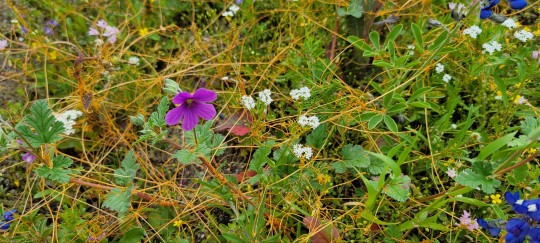
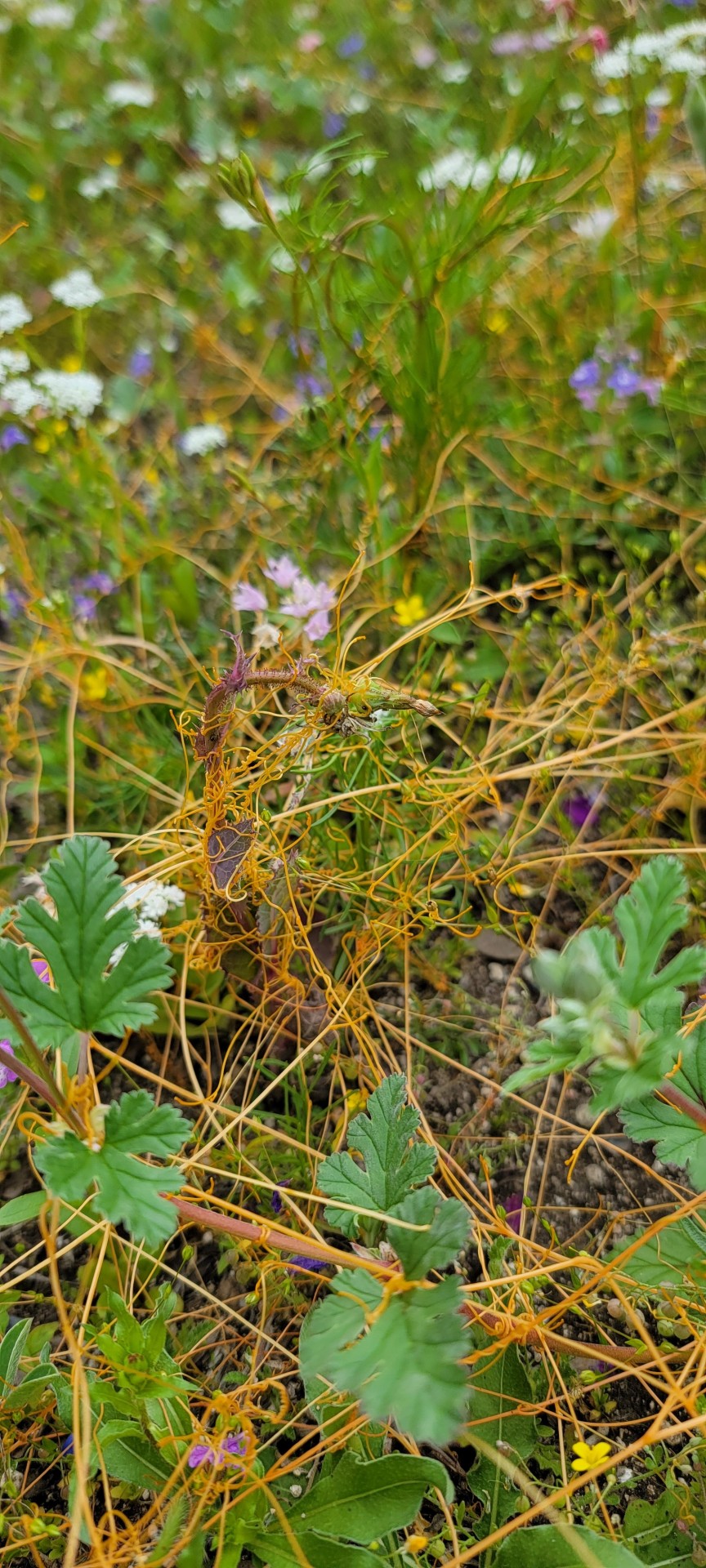
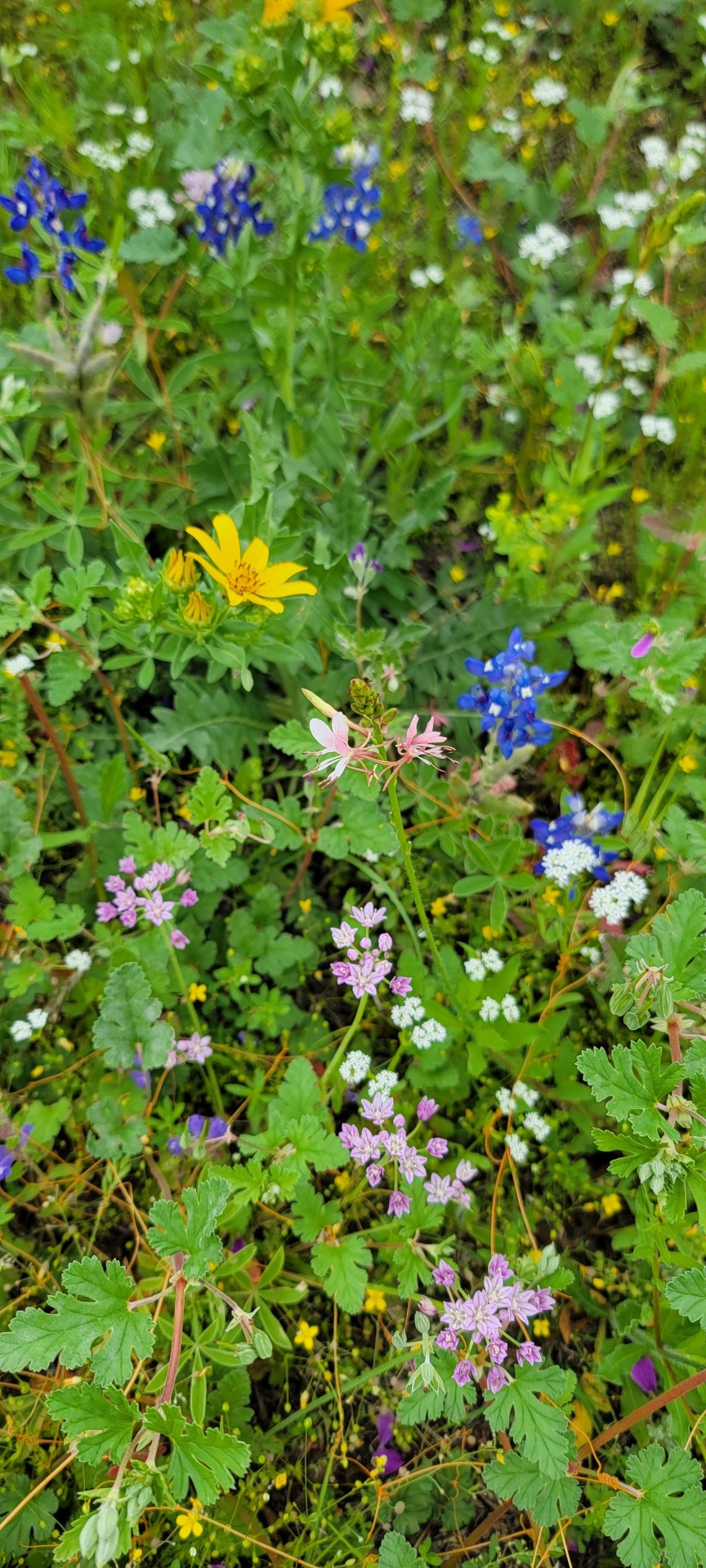
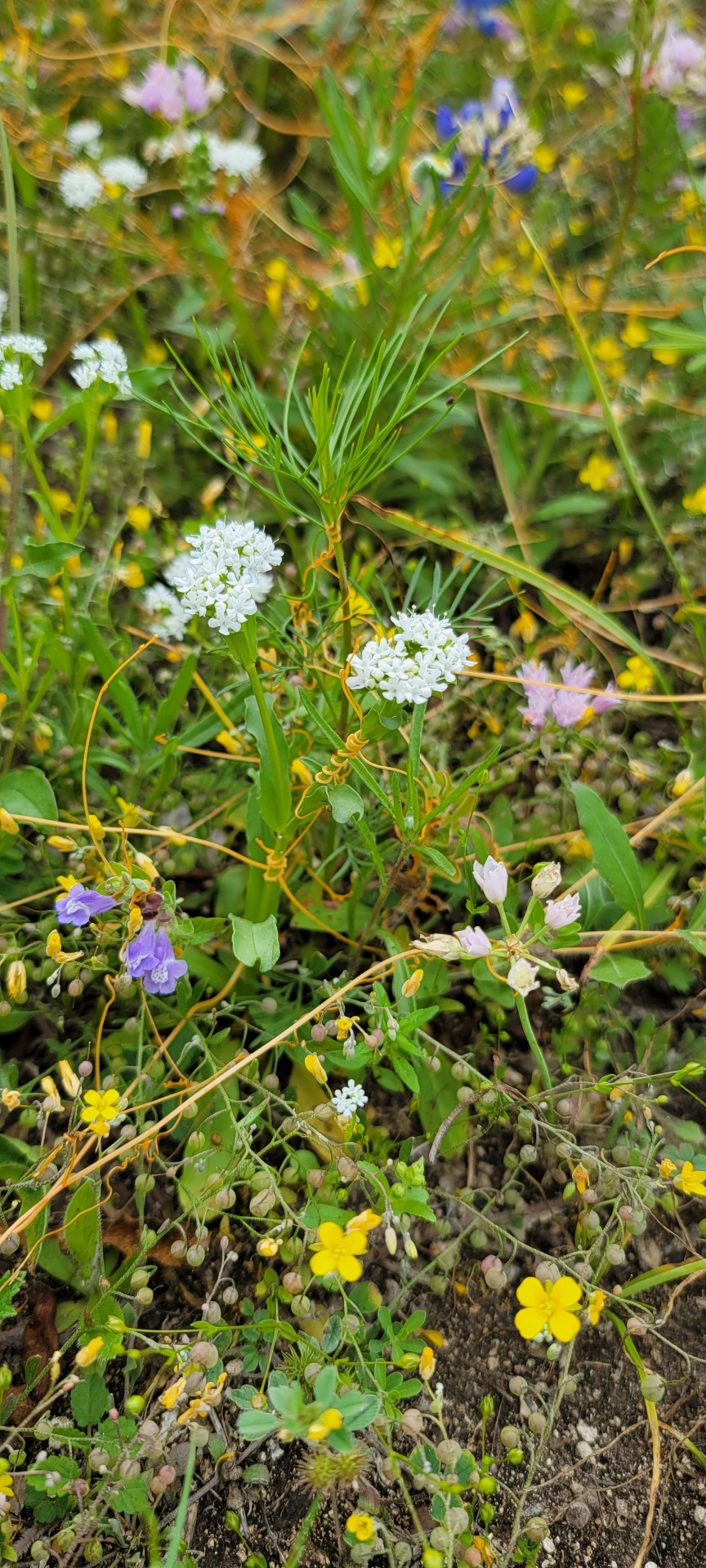
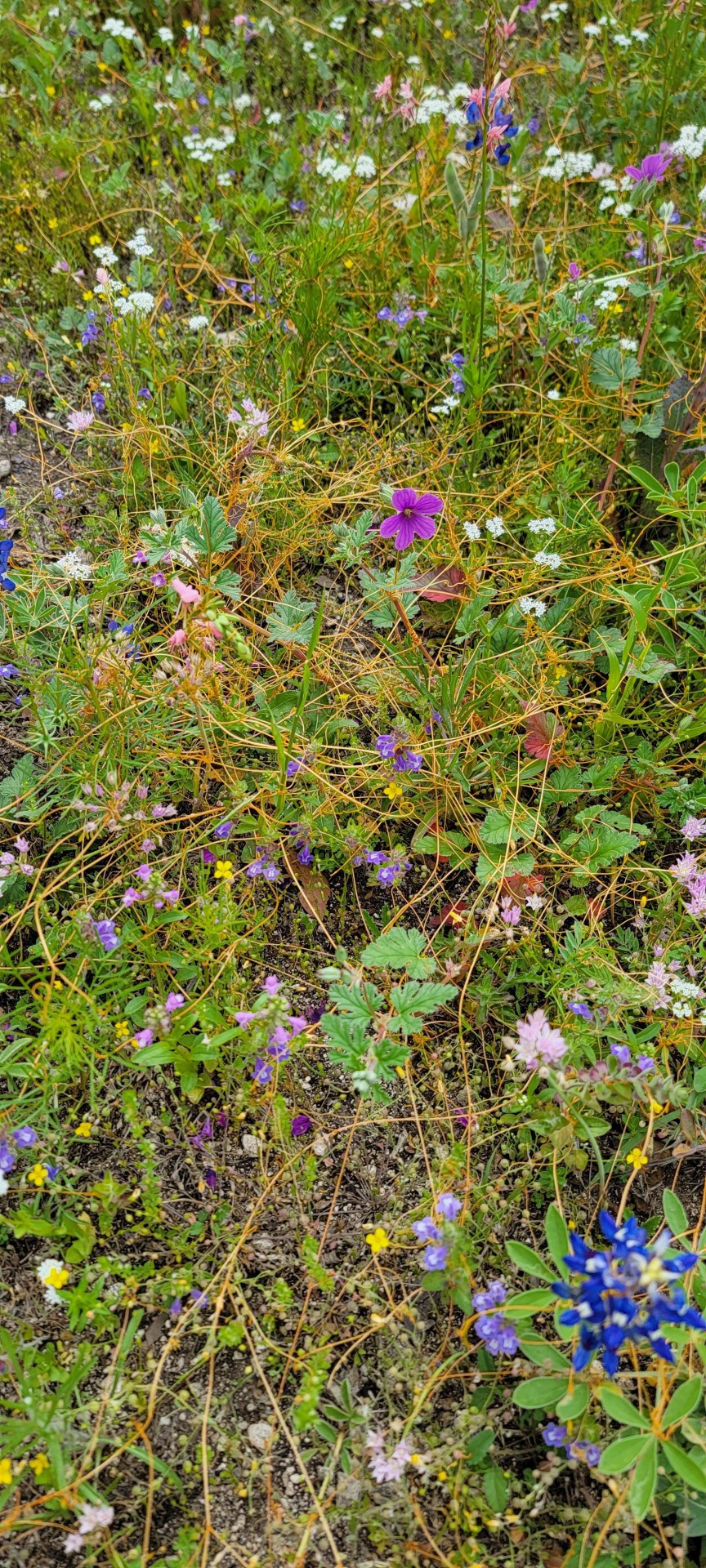
Dodder (Cuscuta spp). Both native and invasive species occur in Texas, but they are difficult to distinguish, especially out of bloom. This parasitic plant germinates in the soil and begins seeking a suitable host immediately. When it finds one, it attaches itself and infiltrates the host's vascular system. Once attached, it no longer has any need to remain directly bound to the soil itself, so the seedling root dies, and the plant continues to grow outwards, infesting new hosts along the way.
27 notes
·
View notes
Text

Hedge Hound
RARITY: ★★☆☆☆ | THREAT: ★★☆☆☆ SIZE: Normal vine prior to feeding; becomes the size of whatever they engulfed.
HABITAT:
The plant is exclusively found in the woods. The deeper in you go, the more you’ll probably run into. Occasionally a hedge hound will mindlessly wander into a populated area, but it rarely causes harm.
OVERVIEW:
Cuscuta suffocat is a species of parasitic vine native to North America; it is sometimes called strangleweed, but more commonly it’s known for what it creates: hedge hounds. The plant parasitizes both dead and living hosts with a preference for the living. Humans have been known victims, but the plant almost invariably targets other animals. When a living thing steps over it, the vine creeps up the animal or person, adhering to its skin with thorns and spurs as it grows exponentially. In a matter of days, the individual will be fully covered with the vine (called a “hedge hound” regardless of species) and is painfully strangled to death. But the strangleweed doesn’t stop there. It will continue to inhabit the animal even as it is decaying and beyond that, until all that’s left of the creature is the skeleton buried in a mass of vines. These hedge hounds spend their time wandering the forest without purpose, thought, or reason.
ABILITIES:
Most hedge hounds that people run across have already reached the skeletal stage and as a result are very difficult to harm and are immune to pain.
They have a fast rate of growth, especially once most of the animal has been colonized, and are capable of regenerating any chopped off pieces in a matter of seconds.
Hedge hounds have a fast reproductive cycle and can take over an area within a single season, so their numbers should be kept in check.
WEAKNESSES:
Due to their fast rate of regeneration, the best way to destroy a hedge hound is to torch it with fire. If one does this carelessly, going about it the wrong way, they’ll only cause the hedge hound to reproduce – the seeds will survive the flames and begin the cycle anew next time someone steps over them.
In order to prevent seeds from reproducing in fire, the hedge hound must have oil poured over it. This needs to be a thick enough coating to have soaked into the inner vines and seeds. When exposed to fire, if this is done right, the whole hedge hound will die.
The undead can be surrounded by the vines and parasitized, physically controlling them, though it won’t kill them.
Plant-based creatures (and plants) cannot be parasitized.
2 notes
·
View notes
Text
Scientists Find a Gene That Enables a Plant to Become a Vampire
Scientists Find a Gene That Enables a Plant to Become a Vampire https://ift.tt/2RYdU0z Scientists have found a gene that gives the parasitic plant Cuscuta campestris, a powerful sense of touch. The gene CcMCA1 helps the plant create mechanosensitive ion channels, that allow it to recognise when it has coiled around a victim, and start producing tools to rob other plants. Cuscuta campestris, also known as dodder, lacks chlorophyll and so cannot make its own food. Instead it survives by stabbing inserting specialised organs called haustoria. These allow dodder to suck water and nutrients from its victims, rather like a vampire plant. This lifestyle doesn’t come for free. By taking food from other plants dodder weakens its victims. When the victim is a crop, this reduces yield. Dodder causes tens of millions of dollars worth of damage to crops like tomatoes, alfalfa and soy beans. Jihwan Park and colleagues have taken a step towards de-fanging dodder by examining its genes. When they silenced the MID1-COMPLEMENTING ACTIVITY 1 (CcMCA1) gene, the plant’s ability to form haustoria dramatically decreased, potentially offering a new way to control this pest. How does dodder “feel” its victims? When the vine coils around a host stem, it creates pressure on the plant’s cell membranes. This activates the CcMCA1 channels, allowing calcium ions to flood into the cell—triggering a chemical cascade that ultimately leads to haustorium formation. Using a technique called host-induced gene silencing, researchers confirmed CcMCA1‘s crucial role. When silenced, dodder produced fewer haustoria with greater spacing between them. This significantly hampered its ability to effectively parasitize host plants. “For the first time, the genes involved in sensing mechanical stimuli that lead to the climbing of vines, such as morning glories and bindweed, have been discovered,” said Professor Koh Aoki, who led the study, in a press release. These findings help explain how plants can sense touch. By revealing how parasitic plants detect hosts, researchers open new possibilities for protecting crops. Targeted approaches disrupting this touch-sensing pathway could limit dodder’s spread without harming beneficial plants. Park, J., Morinaga, K., Houki, Y., Tsushima, A., & Aoki, K. (2025). Involvement of MID1-COMPLEMENTING ACTIVITY 1 encoding a mechanosensitive ion channel in prehaustorium development of the stem parasitic plant Cuscuta campestris. Plant and Cell Physiology, pcaf009. https://doi.org/pdxm (FREE) Cross-posted to Bluesky & Mastodon. Image: Starr Environmental / Wikimedia Commons. CC BY 2.0 The post Scientists Find a Gene That Enables a Plant to Become a Vampire appeared first on Botany One. via Botany One https://botany.one/ March 27, 2025 at 09:00PM
2 notes
·
View notes
Note
FAVORITE PLANT: this is tough but im a huge fan of dodder vines (genus Cuscuta). theyre parasitic vines in the morning glory family (convolvulaceae). they have dope names like 'wizard's net, devil's guts, devil's hair, witches hair, hellbine' and are usually yellow or red in color. they grow little roots (called haustoria) into the tissue of the host plant to anchor themselves and suck nutrients. they also dont have leaves and dont photosynthesize, same with most parasitic plants. 👍



In love with the flesh net
7 notes
·
View notes
Text
speaking of which I’m not a fan of the name “dodder” so I think of it as “cuscuta.” Or perhaps “silly string”
2 notes
·
View notes
Text
JTTW Chapter 14 Thoughts
Chapter 14 for the @journeythroughjourneytothewest Reading Group! Another nature heavy one! Potential TW: under the cut is a parasitic plant that kind of looks like yellow spiderwebbing or something similar.
Though first a little by the by as I have mentioned before I actually prefer this aspect of the German translation, which translates Xin as heart instead of mind.
Anyway it’s flower symbolism time! Wisterias in Buddhism stand for humility and reflection, which is very fitting for our monkey to be overgrown by under the mountain.
Additionally if we go with the saying ‘somebody has something coming out of his ears’ which means that someone had enough of something, the detail of those flowers growing out of Sun Wukong’s ears is even more fitting. Though I’m not sure if it’s the same in English, but that’s how the saying goes in German.
Wisterias are also very pretty and grow very abundantly which is just a gorgeous sight to behold.
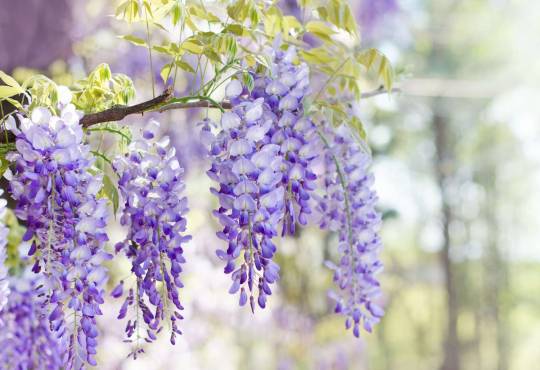


However there is actually some discrepancy found between translations about which plants grow out of his ears and growing on the mountain for that matter.
In the German translation the “creepers and vines” are actually specific plants. The first is called creeping fig or climbing fig (ficus pumila or 薜 bì), which is also the one mentioned in the J.F. Jenner translation.
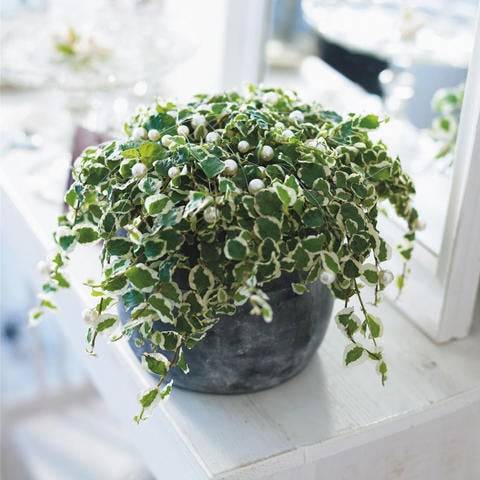
They can grow to cover entire surfaces too! Like this wall for example.

Dodder or amarbel or how I like to call them ‘forbidden spaghetti’ (cuscuta or 蘿 luó) is the second one.

They have little flowers too.

Those two plants stand for eremitic life in Chinese symbolism. As that note is citing the Chinese characters, I’m inclined to take this for the accurate translation.
Regardless both plants function equally well in terms of symbolism in my opinion.
Continuing with translation shenanigans “axe or drill” in the Anthony C. Yu translation is “axe or chisel” in both other translations, which sounds more natural to me. Though “drill” does bring to my mind a funny little picture of Tang Sanzang with a hard hat and a handheld drill trying to drill away the mountain above Sun Wukong.
Checking out the original Chinese with Google translate I’ve also come across something interesting. 斧鑿 fǔzáo when separated from the rest just gets translated to “axe + chisel”, but together with the full section it gets translated as “axe to chisel” instead. However when translated as part of the complete speech it’s just “But I don't have an axe.”
“Only when he […] saw the handsome features of Tripitaka” an early instance of Tang Sanzang looks having a greater influence on people.
Love to see Sun Wukong getting along with people!
A little side note because I just find it to be a really cute detail regarding the whole “sugar man or honey man”, in the German translation specific sweets are mentioned because they start with the same letter. I just think that’s neat.
I love when a bit of Slice of Life is sprinkled in and attention to detail is paid for everyday things, I hope we see some more in the future!
Ah, the first time Tang Sanzang falls from his horse.
I must admit that the names of the six bandits are more straightforward and easier to understand in the J.F. Jenner and German translation. For the J.F. Jenner translation specifically they are translated as “Eye−seeing Happiness, Ear−hearing Anger, Nose−smelling Love, Tongue−tasting Thought, Mind−born Desire, and Body−based Sorrow”. This also makes the reactions of them easier to understand as they are actually matched to one bandit each! “This made the bandits happy, angry, loving, thoughtful, desirous, and sorrowful respectively” as in the J.F. Jenner translation again. It barely comes across that those are matched in the Anthony C. Yu translation.
The bit about monks looking out even for insects is very sweet! Especially since I am a moth enjoyer, they are so fluffy and adorable.
Shigong’s shoe-based shenanigans made me briefly try to link it to Cinderella. Journey to the West is known for starting a bunch of tropes, so it makes sense my brain would try to link it with a lot of stuff, but Cinderella is probably not related. A humorous thing to imagine still.
Closing this post with another note on Tang Sanzang. Ohoho so our dear monk is able to lie. And right after telling Sun Wukong that a monk should not lie as well. He has flaws! Very neat, I quite like that actually. Character development will be something very interesting to keep an eye out for.
#xiyouji#journey to the west#jttw#tang sanzang#sun wukong#jttw reading group#jttw book club#wisteria#climbing fig#dodder
18 notes
·
View notes
